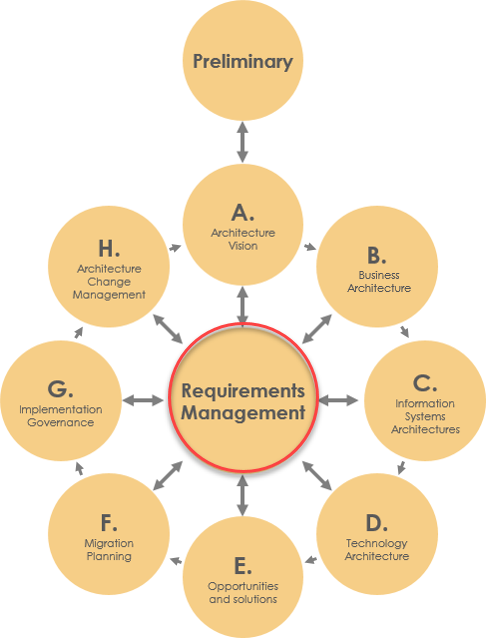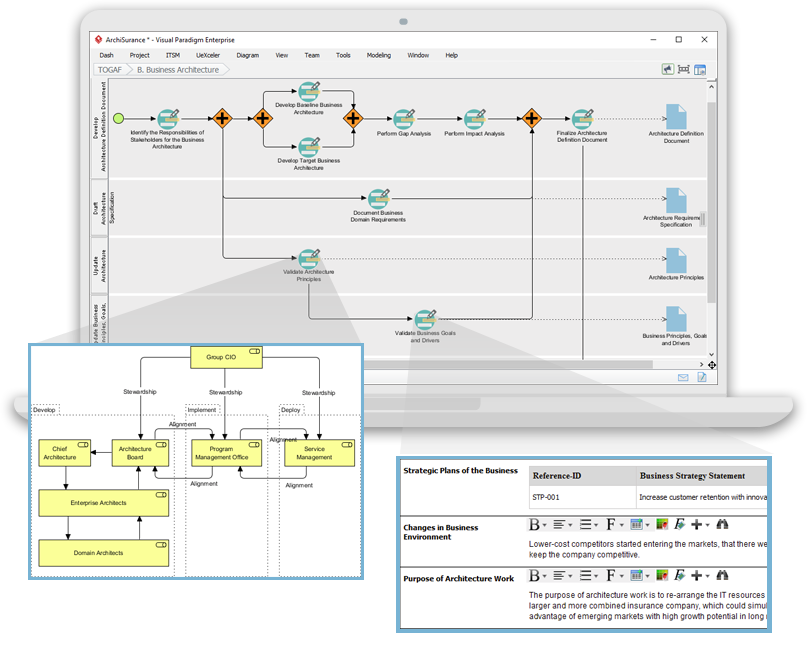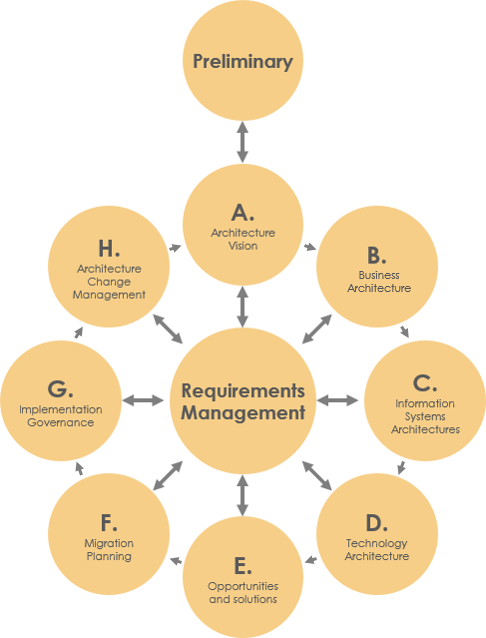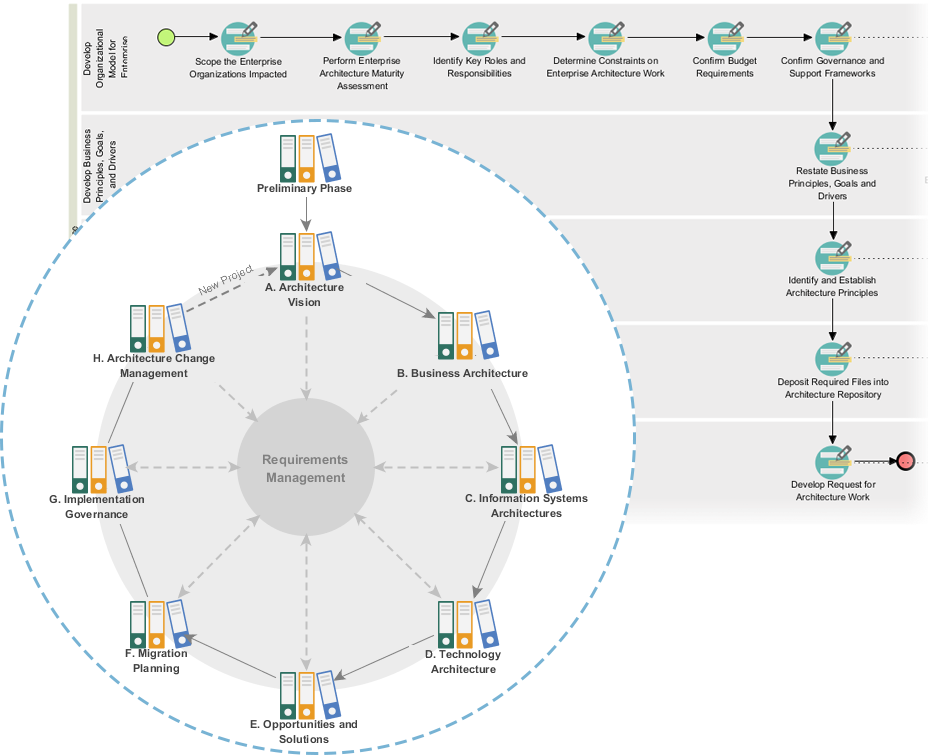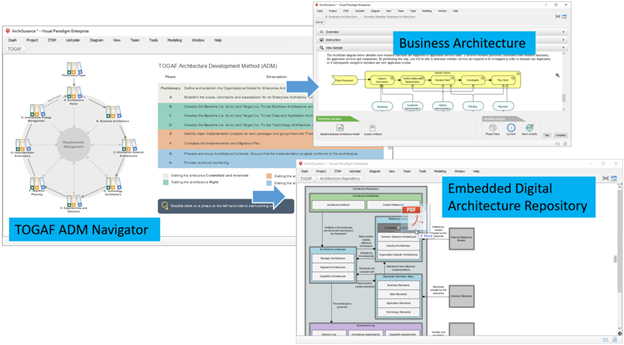The Vital Role of Governance Teams in TOGAF’s Architecture Development Method (ADM)
Introduction In the ever-evolving landscape of enterprise architecture, The Open Group Architecture Framework (TOGAF) offers a structured approach known as the Architecture Development Method (ADM). At the heart of this framework lies a critical element: governance teams. These teams play a pivotal role in ensuring that the architecture development process remains effective and aligned with an organization's overarching goals and standards. In this discussion, we delve into the key responsibilities and contributions of governance teams across each phase of the TOGAF ADM. The Vital Role of Governance Teams in TOGAF The TOGAF (The…continue reading →

